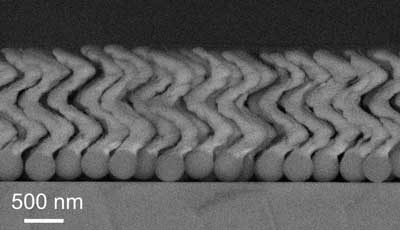
Friday, November 2, 2018
Nanorobots propel through the eye
Spaced-out nanotwins make for stronger metals
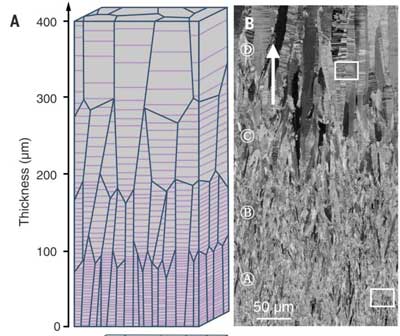
Disorder plays a key role in phase transitions of materials
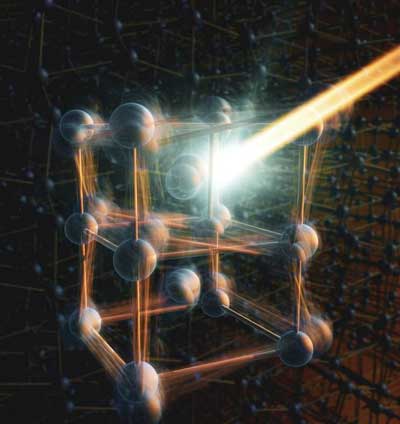
Exploring the structure and properties of new graphene-like polymers
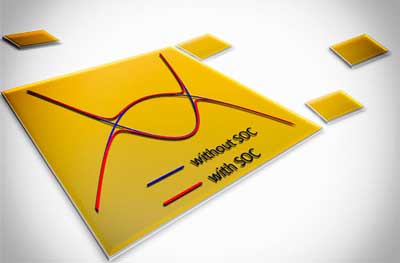
A high-performance nanopowder facility for metal 3D printing
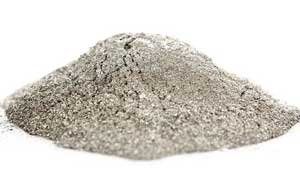
Electronic highways on the nanoscale
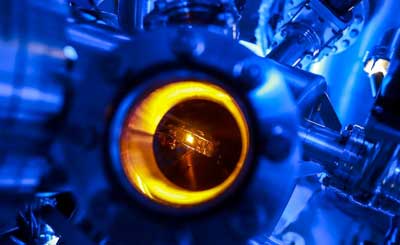
Subscribe to:
Comments (Atom)
